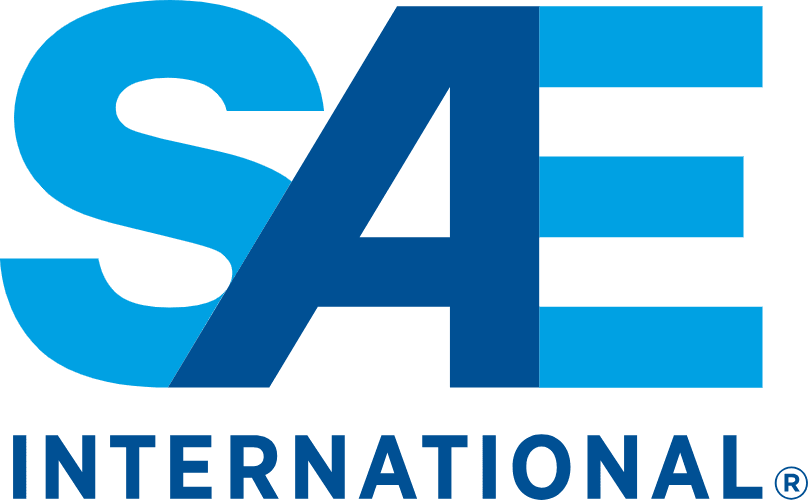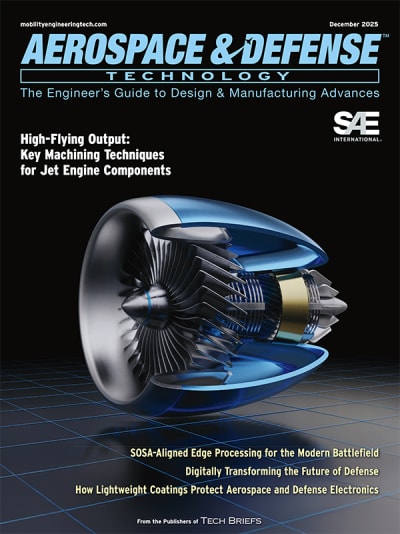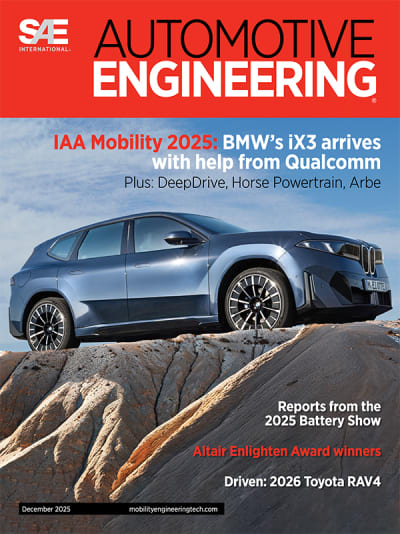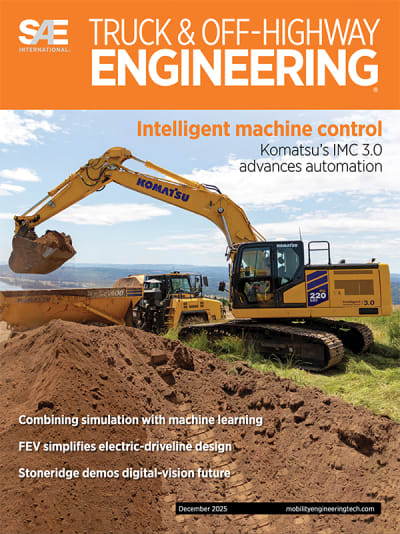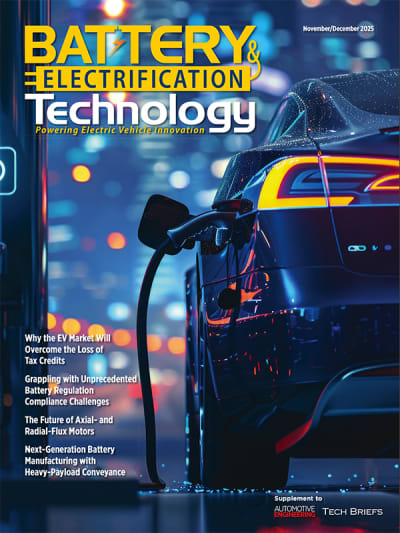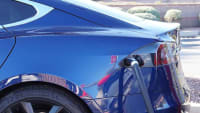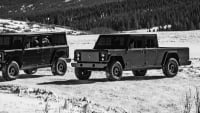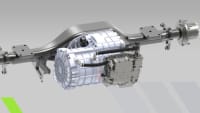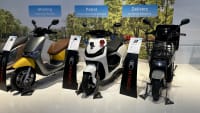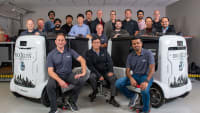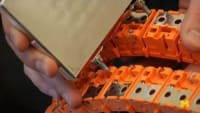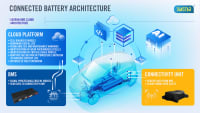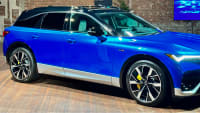Off We Go
Suppliers continue development of products across most lines even as uncertainty clouds the industry's future.

Even in some truly novel times, the automotive industry has kept the SAE Media team on the go in recent months. We went out to drive the new Lucid Gravity in California and the new Ford Expedition in Kentucky. We also spent some time with Ford at the Dakar Rally. We visited the surprisingly bustling New York Auto Show and the just-as-bustling 360 Mobility expo in Taiwan. Global craziness or no, at least you can read the results of all these miles logged over the following pages.

But it was something I heard while I was working from home, during one of the many webinars the WFH community is so familiar with, that I wanted to talk about this month. During a recent media call with Bosch Mobility America president Paul Thomas – no video, so a cat slept comfortably on my lap – I asked how the global trade instability we’re all seeing was affecting engineering efforts at Bosch and if there were any specific areas he thought might pick up or slow down or change direction because of this uncertainty. His answer was that the Bosch engineering community is still active on all fronts, from software to hardware to Generative AI.
“The industry right now is in a spot where we're reevaluating the topologies and how to move to the market, whether it's electrification or whether it's hybrid technology along the powertrain side,” he said. “Also, we see software-defined vehicles gaining even more importance as we're seeing that consumers want products that can deliver safety, security at the right construct. The impact on our engineering community right now is [that] we're very active in all of this change. We have to ensure that we have the right people that can handle the software revolution to pick up where software defined vehicle needs to go and, specifically in the powertrain area, continue to develop these different topologies to meet the requirements, not only of traditional ICE, but to meet the requirements of the hybrid topologies and even range extender type of technologies.”
Thomas’ response was similar to what I heard from the chairman of the Taiwan External Trade Development Council (TAITRA), James Huang, while there, which was that despite it all, Taiwan’s efforts to supply the automotive industry were continuing as usual.
Keeping things on track is as good an approach as we can hope for, and one I’m sure many other automotive leaders would express a similar message. Hard as it might be with the challenges we face, it’s as good a time as any to imagine better-engineered possibilities, especially new automotive solutions. Whether it’s wireless BMS, new LMR and solid-state battery chemistries or the continued efforts of the H2 industry, striving to make something better seems like an excellent mission right now. I’m not sure what else would keep the world moving in anything approaching the right direction.
Speaking of stepping up, SAE is now accepting nominations for the second annual Rising Star Awards. Please visit TechBriefs.com for more information or to submit a nomination for someone who, “honors and recognizes women engineers who are enhancing the engineering profession through contributions to both industry and society,” in the words of the award.
Oh, right. That’s how the world will keep moving.
Top Stories
INSIDERDefense
![]() F-35 Proves Nuke Drop Performance in Stockpile Flight Testing
F-35 Proves Nuke Drop Performance in Stockpile Flight Testing
INSIDERMaterials
![]() Using Ultrabright X-Rays to Test Materials for Ultrafast Aircraft
Using Ultrabright X-Rays to Test Materials for Ultrafast Aircraft
INSIDERManufacturing & Prototyping
![]() Stevens Researchers Test Morkovin's Hypothesis for Major Hypersonic Flight...
Stevens Researchers Test Morkovin's Hypothesis for Major Hypersonic Flight...
INSIDERManufacturing & Prototyping
![]() New 3D-Printable Nanocomposite Prevents Overheating in Military Electronics
New 3D-Printable Nanocomposite Prevents Overheating in Military Electronics
INSIDERRF & Microwave Electronics
![]() L3Harris Starts Low Rate Production Of New F-16 Viper Shield
L3Harris Starts Low Rate Production Of New F-16 Viper Shield
INSIDERRF & Microwave Electronics
Webcasts
Energy
![]() SAE Automotive Engineering Podcast: Additive Manufacturing
SAE Automotive Engineering Podcast: Additive Manufacturing
Manufacturing & Prototyping
![]() A New Approach to Manufacturing Machine Connectivity for the Air Force
A New Approach to Manufacturing Machine Connectivity for the Air Force
Automotive
![]() Optimizing Production Processes with the Virtual Twin
Optimizing Production Processes with the Virtual Twin
Power
![]() EV and Battery Thermal Management Strategies
EV and Battery Thermal Management Strategies
Energy
![]() How Packet Digital Is Scaling Domestic Drone Battery Manufacturing
How Packet Digital Is Scaling Domestic Drone Battery Manufacturing
Materials
![]() Advancements in Zinc Die Casting Technology & Alloys for Next-Generation...
Advancements in Zinc Die Casting Technology & Alloys for Next-Generation...
